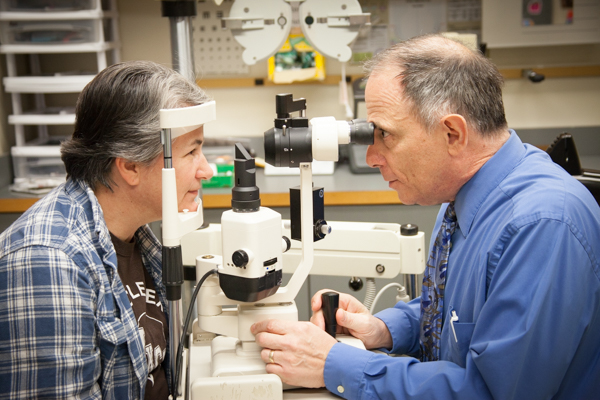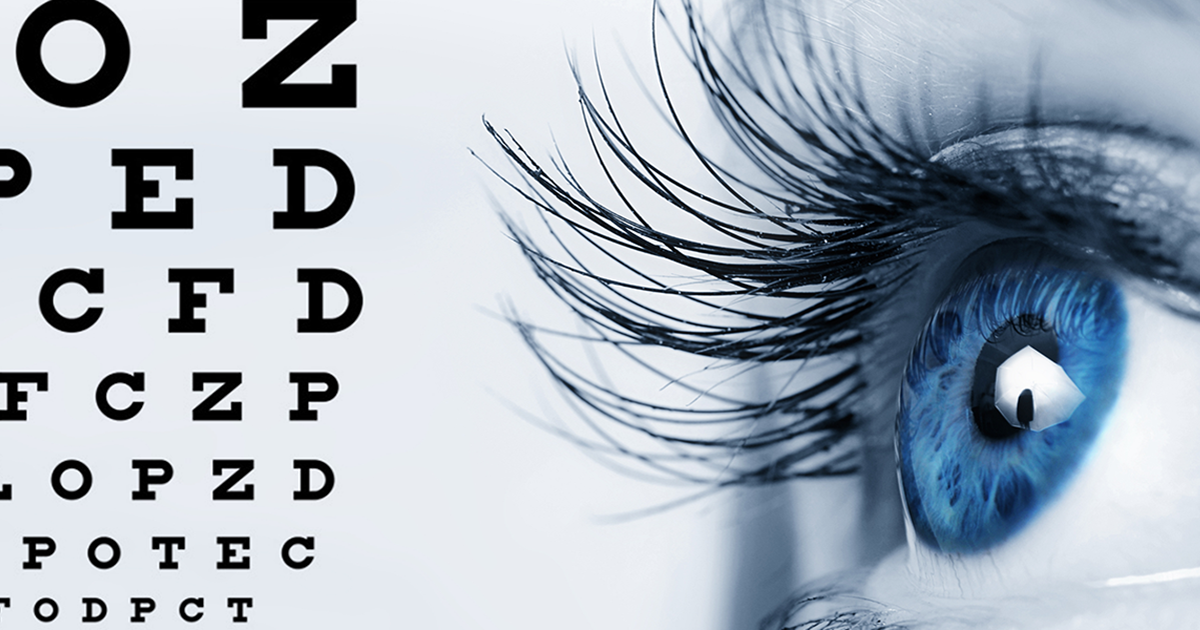The Function of Advanced Diagnostic Devices in Identifying Eye Disorders
In the world of ophthalmology, the utilization of advanced diagnostic tools has actually reinvented the early recognition and monitoring of different eye conditions. From detecting subtle adjustments in the optic nerve to checking the progression of retinal illness, these modern technologies play a pivotal role in boosting the accuracy and efficiency of identifying ocular problems. As the demand for exact and timely diagnoses proceeds to grow, the integration of innovative devices like optical comprehensibility tomography and aesthetic field testing has come to be essential in the world of eye treatment. The elaborate interaction in between technology and sensory methods not only clarifies elaborate pathologies but likewise opens up doors to tailored treatment techniques.
Relevance of Early Diagnosis
Early medical diagnosis plays a crucial function in the effective administration and therapy of eye problems. By spotting eye problems at an early phase, health care service providers can offer appropriate treatment strategies tailored to the details condition, ultimately leading to much better results for patients.

Technology for Discovering Glaucoma
Advanced diagnostic technologies play a vital function in the early detection and monitoring of glaucoma, a leading cause of permanent loss of sight worldwide. Another sophisticated device is aesthetic area testing, which maps the level of sensitivity of a person's visual area, helping to identify any areas of vision loss quality of glaucoma. These sophisticated diagnostic devices allow ophthalmologists to identify glaucoma important link in its early phases, enabling for timely intervention and better management of the illness to stop vision loss.
Function of Optical Comprehensibility Tomography

OCT's ability to measure retinal nerve fiber layer density allows for accurate and unbiased dimensions, helping in the early detection of glaucoma even prior to visual area flaws become apparent. In general, OCT plays a critical duty in enhancing the diagnostic accuracy and management of glaucoma, inevitably contributing to better outcomes for individuals at danger of vision loss.
Enhancing Medical Diagnosis With Visual Area Screening
An important element look at these guys in extensive ophthalmic evaluations, visual area screening plays an essential role in enhancing the analysis procedure for various eye problems. By assessing the complete degree of an individual's visual field, this examination gives vital information about the functional integrity of the entire aesthetic path, from the retina to the aesthetic cortex.
Aesthetic area screening is particularly useful in the medical diagnosis and management of conditions such as glaucoma, optic nerve conditions, and different neurological illness that can affect vision. Via quantitative measurements of outer and main vision, clinicians can find refined changes that might show the existence or progression of these conditions, even prior to noticeable symptoms occur.
Moreover, visual field screening enables the surveillance of treatment efficacy, assisting ophthalmologists tailor healing interventions to private patients. eyecare near me. By tracking adjustments in visual area performance over time, doctor can make educated decisions regarding readjusting medicines, suggesting surgical treatments, or implementing various other ideal actions to protect or improve a person's visual feature
Handling Macular Degeneration

Final Thought
In final thought, advanced diagnostic devices play an important duty in recognizing eye conditions early on. Technologies such as Optical Comprehensibility Tomography and visual field testing have actually substantially enhanced the accuracy and efficiency of diagnosing problems like glaucoma and macular deterioration.